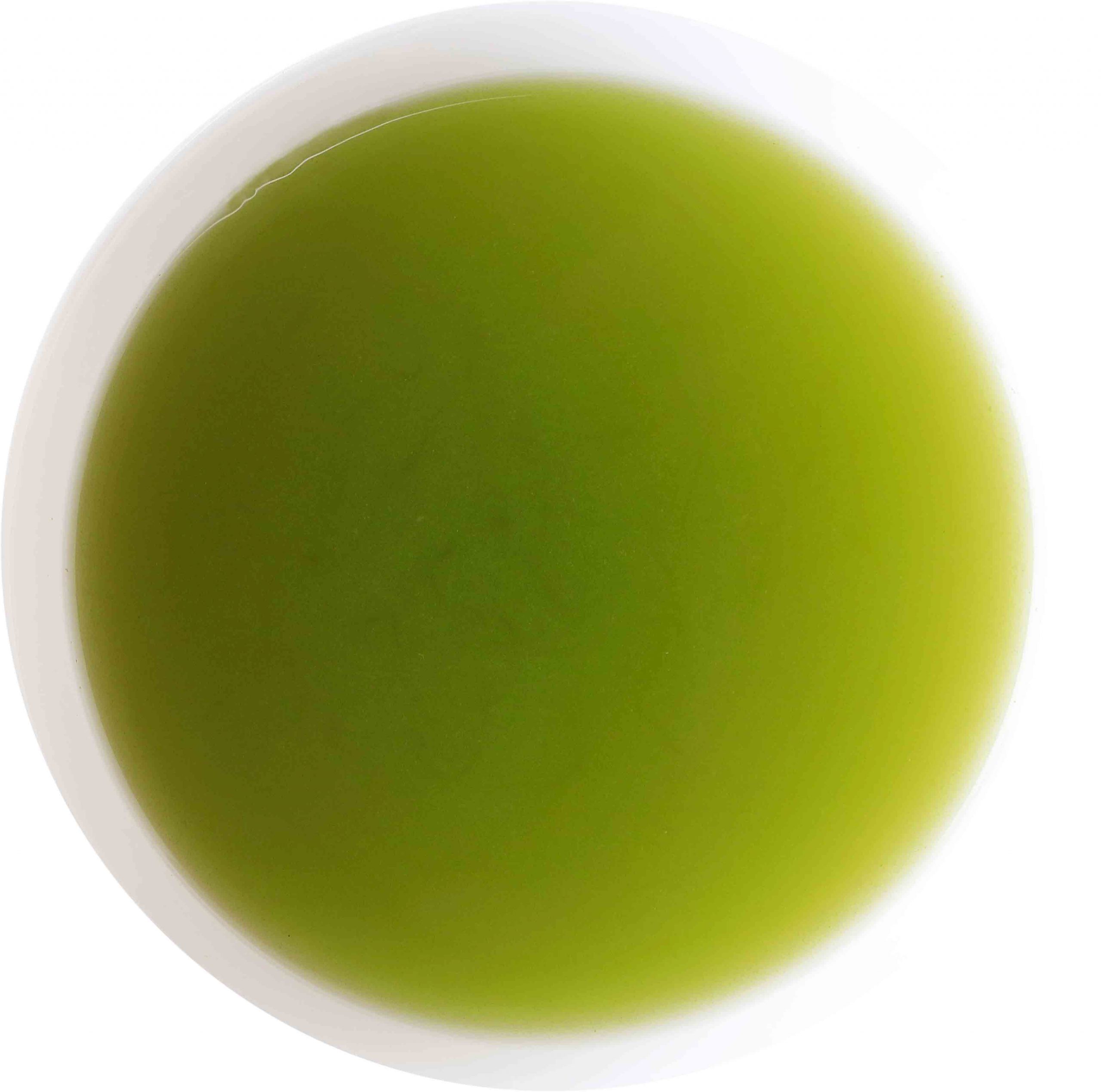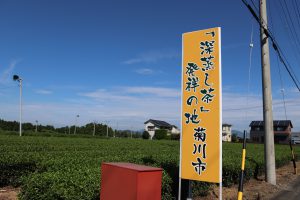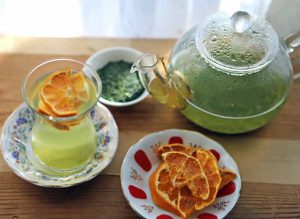MENU
MENU


Green tea
Japan
Fukamushicha (deep-steamed green tea) (Japan)
Tea is classified into six categories: green tea, white tea, yellow tea, blue tea (oolong tea), black tea, and dark tea. This site introduces the various teas that CHAMART has sampled.
Green tea
Unfermented tea
Fukamushicha means deep-steamed green tea. The steaming time of fukamushicha is around 60 to 120 seconds. On the other hand, the steaming time of medium-steamed green tea is 30 to 50 seconds.
Sencha means steamed green tea. However, in Japan, sencha typically refers to lightly or medium-steamed green tea, while fukamushicha refers to deep-steamed green tea.
Production area: Various places in Japan
Flavor: Compared with medium-steamed senca, the flavor of fukamushicha is modest and not bitter, but with a slight sweetness.
The amount of soluble pectin in the tea leaves is increased by a long steaming time so bitterness reduces.
History: It is said that the method of fukamushicha was established in a tea farm in Kikugawa City, Shizuoka Prefecture on the Makihohara Plateau from around 1955.
The tea leaves cultivated in Makinohara Plateau are thick because there are a lot of hours of sunlight in a day there.
In case the thick tea leaves are steamed for 30 to 50 seconds and produced medium-steamed sencha, the tea is better and astringent. The tea was not popular with some customers.
In order to reduce the bitterness and astringency, it was tried to increase the steaming time to 60 to 120 seconds.
In Kikuawa City, there is a signboard written that Kikugawa City is the birthplace of Fukamushicha.

How to drink

Fukamushicha with dried mandarine orange
Used tea leaves of organic fukamushicha can be used for cheese cake, jerry, pasta, etc.

Related article on the site: “Tea of Japan“
Reference:
日本茶業学会 茶の科学用語辞典(第3版)編集委員会(2021) 茶の科学用語辞典(第3版) 日本茶業学会
高野實、谷本陽蔵、富田勲、中川致之、岩浅潔、寺元益英、山田新市 執筆 (社)日本茶業中央会監修 (2005) 緑茶の事典 改定3版 柴田書店
大森正司、阿南豊正、伊勢村護、加藤みゆき、滝口明子、中村羊一郎編(2017) 茶の事典 初版第一刷 朝倉書店
J-STAGE 国立研究開発法人 科学技術振興機構
https://www.jstage.jst.go.jp/browse/-char/ja
第65号(1987)
蒸し度の差異による製茶の理化学性の変化
農林水産省茶 業試験場
高柳博次・阿南豊正・池ヶ谷賢次郎
茶業研究報告
農林水産省茶業試験場
高柳博次・阿南豊正・池ヶ谷賢次郎
蒸し度と茶煎汁中の化学成分組成の関係
*The site does not describe all “Teas of Japan” or all “Teas of the World”. Additionally, each article expresses the writer’s personal experience and feelings.
*The information provided on this site may be updated. If you find any information in this article that is incorrect, new, or incomplete, please contact CHAMART.